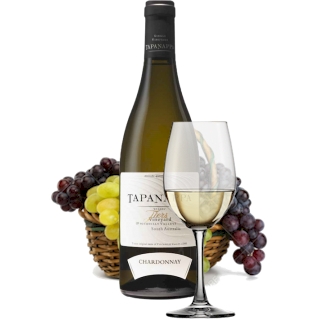
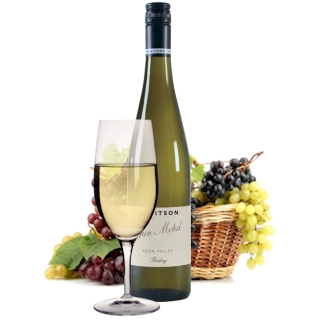
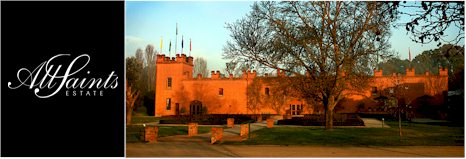
Established by two enterprising Scots, George Sutherland Smith and John Banks, the castle was built in the 1880s, based on the design of The Castle of May, complete with turrets and tower. The castle is classified by the Historic Buildings Council, along with two other Estate buildings, the former bottling hall, cellar and Chinese Dormitory. The former bottling hall and cellar now houses The Indigo Cheese Co. and the Chinese Dormitory. Built over a hundred years ago, it is the last remaining example of its type.
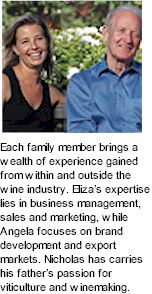
The Great Hall, is the main wine storage area, lined with huge 100-year-old oak casks, filled with rare Tokays and Muscats. Some of these fortified wines are up to 80 years old and will form the base of future blends for years to come. The wines are amongst Australia's, and the world’s greatest, internationally extolled for their richness and lusciousness. All Saints Estate won the first gold medal for Australian wine in 1873 at the London International Exhibition and continues to win trophies and receive rave reviews today.
Great wine comes from the soil and speaks of where it is from. The vineyards are planted gnarled old vines, growing to deep sandy loam soils, and a perfect winegrowing climate. These old-timers are lovingly tended to produce fruit of intensity and balance. The deep sandy-loam soils were carved from the granite of the mountains, then ground, mixed and shaped by the majestic river Murray. Vines planted more than 85 years ago reach deep down for essential minerals and nutrients, drawing out the very essence of the place and concentrating it in each year’s harvest of grapes.
All Saints pride and joy are the very oldest vineyard blocks; the Midflat Shiraz and Old Muscat, both planted just after the First World War. These old-timers are picture-postcard vines, weather-beaten and twisted, defying the years to produce fantastic fruit. With careful nurturing, the winemaking team take aim at bringing the best out of the vineyards, tending the vines that grow the fruit for the Estate and Family Cellar range of wines. With every season comes a round of tasks, from pruning, through shoot positioning and trellis work, to the yearly hurly-burly of vintage.
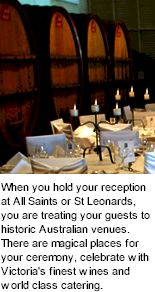
First planted with vines in 1860 by James Scott, the St Leonards site was named after his birthplace in Scotland. The cellars were added in 1874, and by the 1900s the volume reached 200,000 litres annually, most of which was exported. In 1919 St Leonards was acquired by a syndicate of local vignerons, including Will Chambers. The winery remained busy, processing all of the grapes from Seppelts Rutherglen Vineyards between 1924 and 1928, while Seppelts rebuilt their Clydesdale Cellars. St Leonards was redeveloped in 1973 by noted artist, wine buff and descendant of the original surveyor of the Rutherglen township, John Darbyshire. In 1980, the Browns of Milawa, headed by Peter R Brown took up ownership.
Peter R Brown was one of the original Brown Brothers at Milawa. His children all play a role in the ongoing management of that business, in addition to their independent ownership of All Saints Estate and St Leonards Vineyard. All share the vision of producing outstanding premium table wines and Australia’s finest winery experience. They believe that innovation, youthful passion, a healthy respect for traditional winemaking and a talented team of people are the key to delivering that vision. They look forward to meeting you, sharing a glass of wine and learning more about your story.
A visit to Cellar Door provides a complete experience, one that starts well before you enter the imposing gates. From the main road 2.5km of hedge runs along the perimeter of the estate. The entrance is lined by 130 year old Elm Trees which change beautifully with the seasons. Once on foot, you will pass through the stunning landscaped gardens as you make your way to the Castle entrance.
